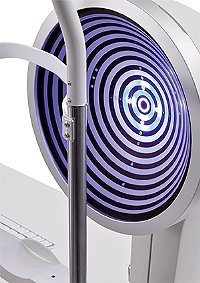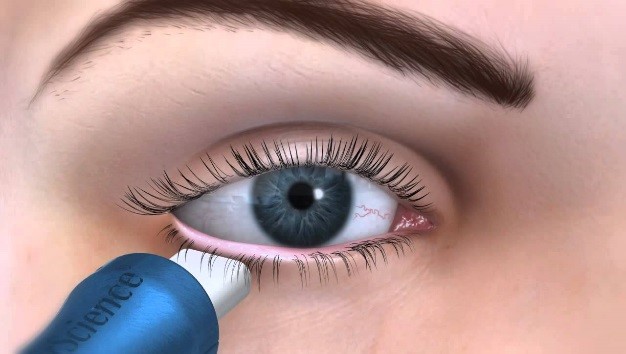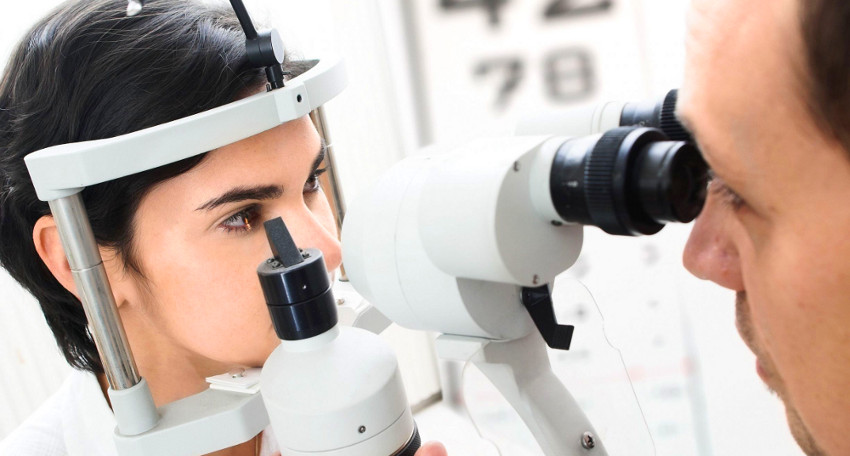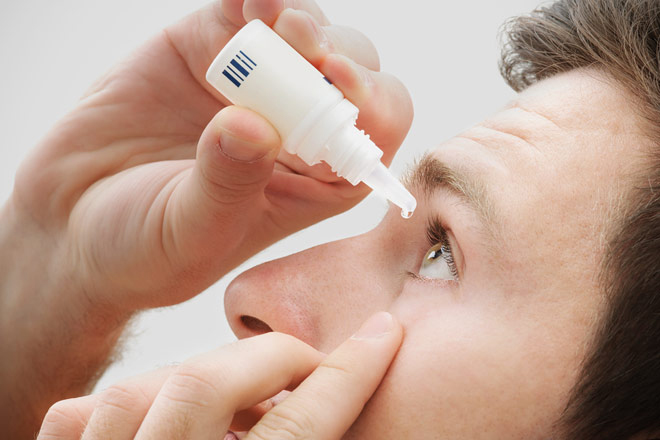Dry Eye
20/20 Sight & Style Optometrists are excited to announce the opening of The Peninsula Dry Eye Clinic
What is Dry eye?
Dry Eye is perhaps the most common eye disease in the world, affecting literally millions of Australians. With symptoms including sore, red, itchy, tired and watery eyes, in addition to fluctuating vision, Dry Eye Disease can significantly impact our lives. Though the actual disease process can begin several years before any symptoms are experienced. Historically eye care practitioners have managed the condition simply with eye drops. However modern science has shown that over 80% of Dry Eye is caused not by a lack of tears, though by poor quality tears. Thus eye drops, whilst helpful, do not usually address the underlying cause of the disease.
The majority of Dry Eye Disease is caused by defects in the lipid (oil) component of tears, which is expressed from meibomian glands within the eyelids each time we blink. Clinical research has taught us that Dry Eye has many contributing factors, thus the condition needs to be taken more seriously, diagnosed more thoroughly and then treatment plans can be individualised to provide the best possible outcome for each patient.
Scientific Assessment of Dry Eye




